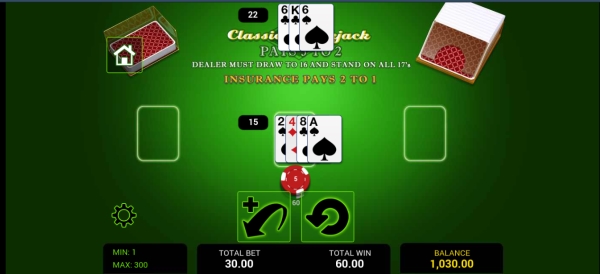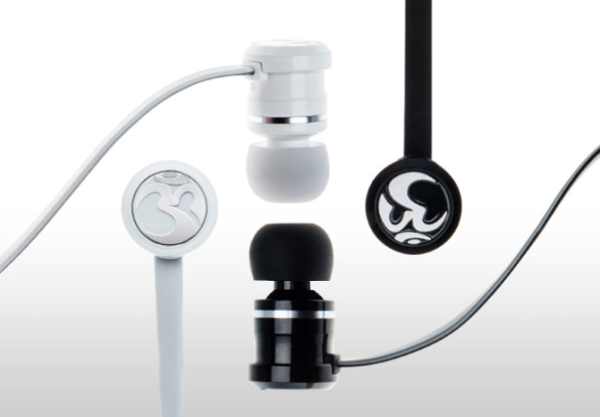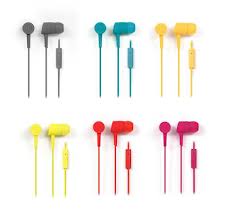Akai Pro recently introduced the SynthStation25 handheld keyboard controller, a first-of-its-kind device for the iPhone and iPod touch. SynthStation25 features two octaves of keys and hands-on controls, as well as a USB MIDI output for Mac or PC. To complement the controller, Akai Pro updated its application to SynthStation v1.2.1.
Planet Ill spoke with Glen Darcey, Product Manager, Akai Professional, about the SynthStation25 and Akai Pro’s footprint in the world of apps and handheld music production.
Planet Ill: Let’s begin by telling readers about SynthStation25. What are some of its key features?
Glen Darcey: SynthStation 25 is the first hardware controller for any of the handheld portable devices. It allows musicians the ability to play and input notes the way that makes the most sense. The SynthStation app is a groovebox-style app designed for electronic music production. It features three virtual analog synthesizers and a drum part as well as a sequencer. The synthesizer engine is designed for truly professional sound quality.
Planet Ill: Akai Pro is known for its quality controllers. What makes SynthStation25 different from your other controllers, and why is it a good addition to a musician or producer’s gearbox?
Glen Darcey: The SynthStation 25 is designed specifically for the portable device market. Our other controllers are designed to work with computers and MIDI modules. The SynthStation 25 is a bit of a crossover product in that it can also be used as a USB controller.
Planet Ill: SynthStation25 works in tandem with the iPhone, iPod and iPad. Tell us about the technology behind this.
Glen Darcey: The SynthStation 25 works with the iPhone and iPhone touch. It has a housing that allows you to clip your device into it and connect via the 30-pin connector. iPad does not work with the SynthStation 25 hardware, but it does run the SynthStation application, so iPad users get a much better user experience with the larger screen.
Planet Ill: Is there any difference between the three platforms in terms of how SynthStation25 connects and operates?
Glen Darcey: There is no difference in using the iPod touch or iPhone. The only difference is the iPad cannot connect to the SynthStation 25 hardware. It can still run the SynthStation app, though.
Planet Ill: What are the SynthStation app’s features, and how did the decision come about to create this app?
Glen Darcey: The SynthStation app was designed to be an electronic music production tool, being that the platform is well suited for synthesis and sequencing, and that the majority of people who are using these types of devices in music tend to lean toward the different electronic music and dance genres. There is a specific type of customer who is looking to use an iPhone as a musical instrument at this time. It starts in these genres and then spreads out from there.
The synthesizers are based loosely on a three-oscillator MiniMoog/Prophet 5 hybrid synth. SynthStation has three oscillators with sync ring modulator, multiple noise types, a multimode filter, four stage envelopes and an LFO, as well as settings for the XY pad modulation and the mod wheel. It also has sampled drum sounds and over 50 kits to choose from to add to your production. You can sequence each of the four parts and store up to 32 sequences per song. There are 32 songs that can be saved, so that makes for a lot of sequences in total. There are multiple performance features, such as arpeggiators and the XY/Joystick controllers.
It is amazing to hear the amount of sound that can come out of such a small device. There were $300,000 audio systems in the ’80s that could not compete with this. It’s an amazing development for those of us who have been around for a while.
Planet Ill: Is this Akai Pro’s first step into the world of apps, or are there other Akai Pro apps currently available?
Glen Darcey: This is our first iPhone/iPad app that is on the market. We have had numerous PC/Mac apps, however. We had a series of VST effects in the early 2000’s and we have editors that ship with all our controllers.
Planet Ill: What went into developing the SynthStation app? How long was it in development and how many prototypes were there to fine-tune the app for precise compatibility and user ease?
Glen Darcey: The app initially took about a year to develop. It is actually always in development, though. We have a number of planned updates. We have had updates to add other functionally and to support new OS’s. We will be releasing a new version in the next couple of weeks that will add further functionality.
Planet Ill: What does it take to stand out in a very crowded app market?
Glen Darcey: The app market is one that tends to be short-lived due to the fact that so many apps are out there. The problem is there are a lot of apps that have less than professional sound quality and are kind of hacked together. Ours has a good array of features, but the most distinctive aspect is that ours has a dedicated hardware controller and none of the other apps have that.
Planet Ill: Given the immense popularity of apps, do you have a theory as to why people enjoy working on such tiny screens?
Glen Darcey: I think there is the novelty of being able to carry your studio in your pocket. The iPhone, iPod Touch and iPads have a lot of processing power, so it makes for a nice platform. The user interface is very limited, though. Without having a tactile interface that you can truly use both hands to operate, you are limited in how musical the product is going to be. For the most part, the majority of apps are relegated to being noisemakers that have a limited lifespan based on how fast the novelty lasts. The price of apps is so low that the risk of buying them is low, so it allows for people to try all kinds of apps easily.
Planet Ill: The app has already been upgraded. Where did you see needs for changes and improvements, and how is the upgrade different from the original app?
Glen Darcey: We needed to add updates to support the higher-resolution screens on the iPad and iPhone 4 and add support for OS4. All of these things came out right before we launched our app, so we needed to invest our time and effort on these functions first. The second release added all the functionality to support our AkaiConnect SDK and the SynthStation25 hardware. We will be adding some new recording functions in the next update that will make programming sequences more fun and musical. We will probably be adding more drum kits soon, as well as other features that we have in mind.
Planet Ill: Does Akai Pro plan on developing more apps for their products?
Glen Darcey: We will be making more apps, for sure. We have a number of other ideas that we will be pursuing. Our goal will be to provide professional-quality sound, which is lacking from many apps, and better user interfaces so that these move from being novelty products to becoming true musical instruments that people can perform with.
For more information about SynthStation25, visit www.akaipro.com.
Elianne Halbersberg is a freelance writer whose work has been published by Guitar Edge, Mix, Premier Guitar, Gibson.com, Electronic Musician, Audio Media, Ink 19 and numerous other magazines and websites.
Follow Us on Twitter @ http://twitter.com/planetill
Join Us on the Planet Ill Facebook Group for more discussion
Follow us on Networked Blogs






Whack mine and many others have never worked. I have Iphone 3 and 4 and have yet to get it to work. Keys feel cheap and flimsy compared to the MPK49,